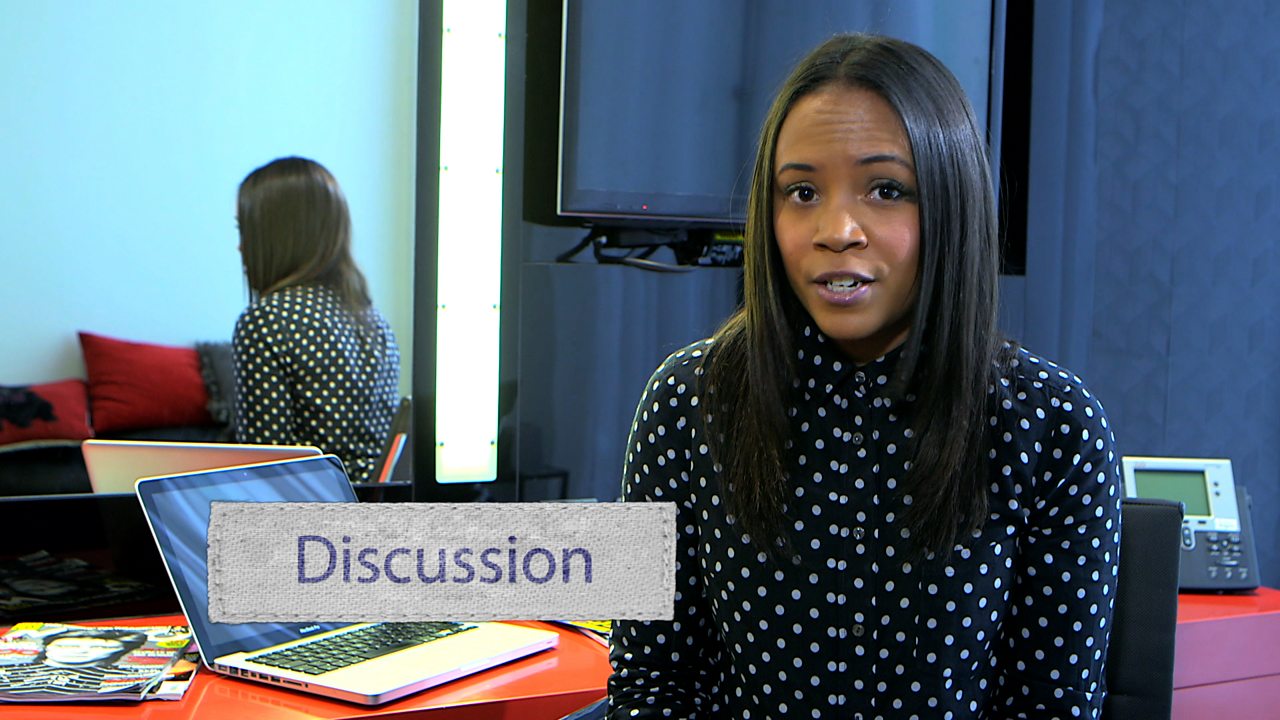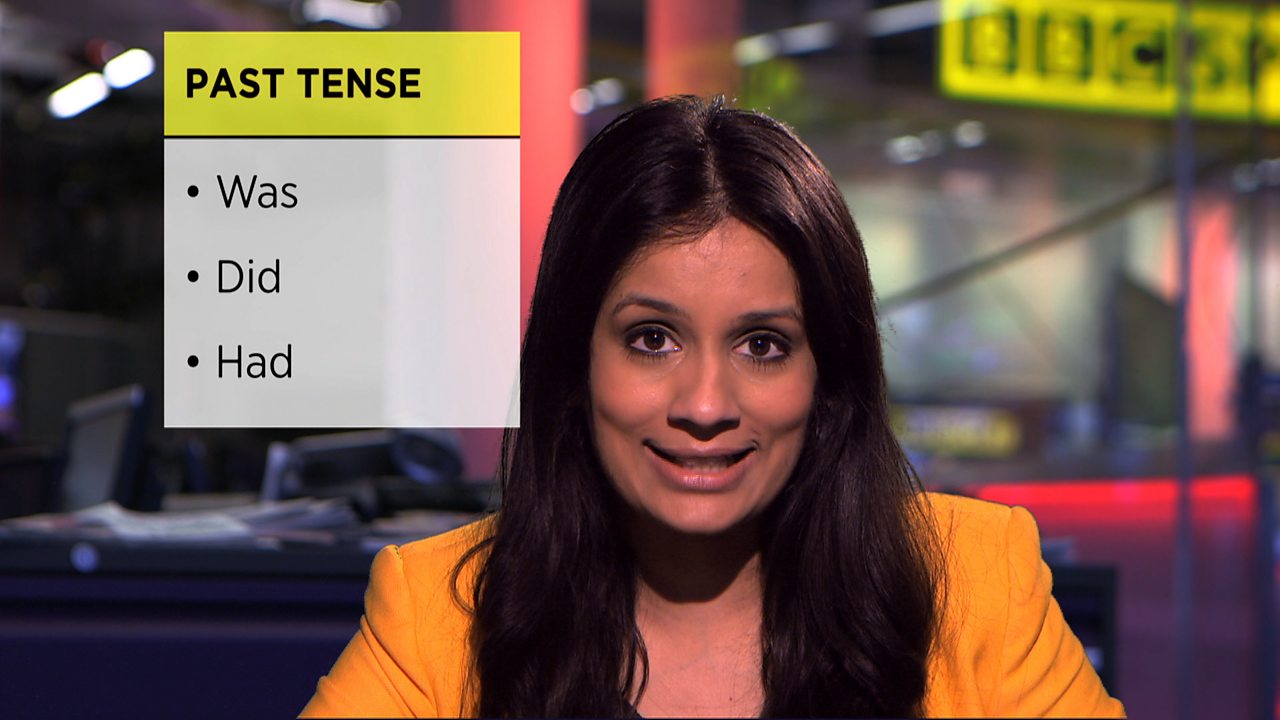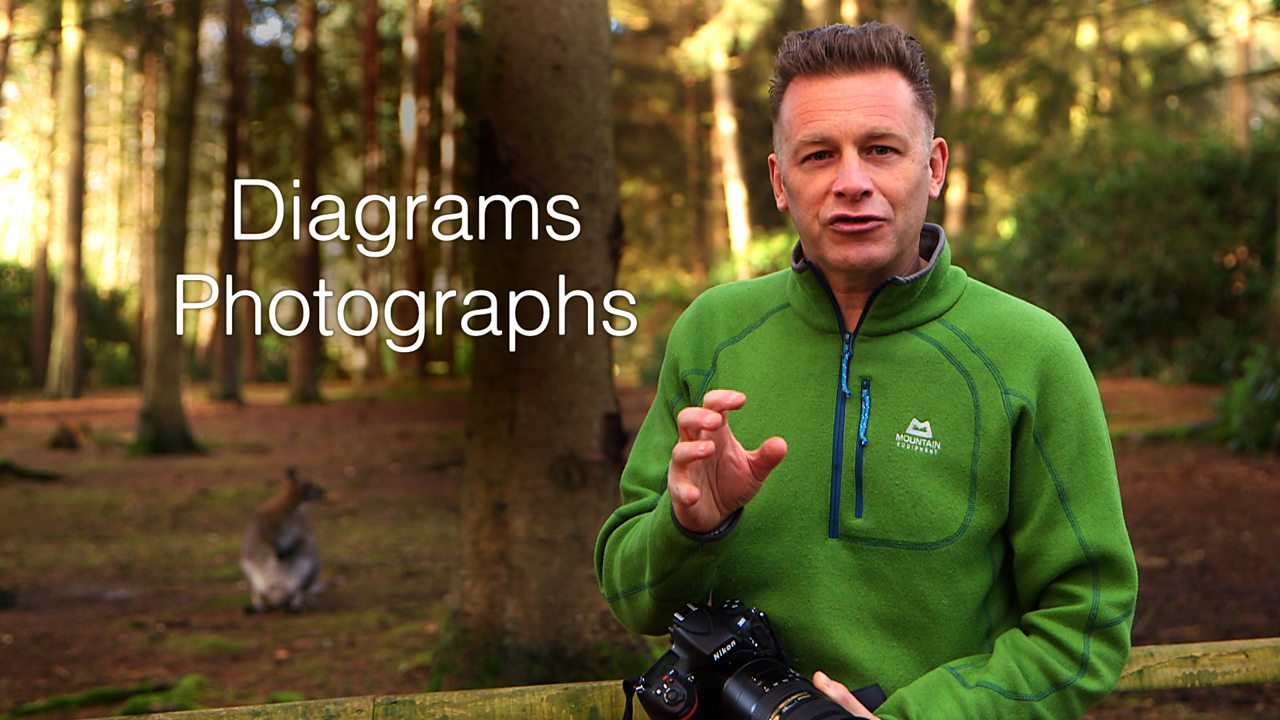KS1 / KS2 English: How to write clear instructions
Video summary
Stefan Gates demonstrates the process of instructional writing using a cake recipe.
He talks through the key features of instructional writing including using the correct technical terms, simple precise language, and imperative or bossy verbs.
This short film is from the BBC series, The Facts About Non-Fiction.
Teacher Notes
Key Stage 1
Ask pupils to identify how well Stefan writes his recipe. Does he use the correct language? How do you know?
After he has made his cake, why does he change some of the instructions?
Your pupils could follow Stefan’s recipe and make the cake together in class.
Key Stage 2
Ask your pupils to recall the key features of instructional writing and write down as many as they can remember in groups.
Watch the short film together and ask pupils to check their lists against the key features outlined by Stefan.
Ask them how well they think Stefan did. Could he have added any other sections to improve his instructions or final cake? What about a section exploring decorating the cake in different ways?
Pupils could write a survival guide to demonstrate their understanding of chronological order and imperative verbs.
Survival guides could be linked to pupils’ learning, for example: ‘How to survive in the Amazon/ Antarctic/ Space/ the 1960s/ without water.’
The survival guide could be related to a text pupils are reading too, ‘How to survive the wrath of Macbeth'.
This short film will be relevant for teaching English at KS1 and KS2 in England, Wales and Northern Ireland and 1st and 2nd Level in Scotland.




